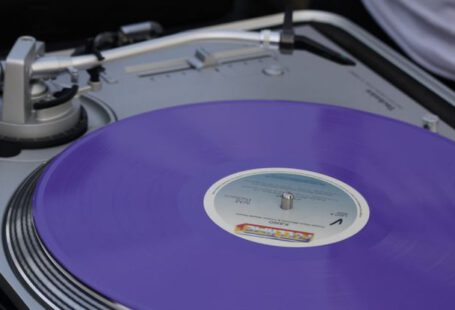Is your PC acting up again? Constantly encountering glitches and errors can be frustrating, but fear not! Many common computer issues can be diagnosed and resolved by yourself, saving you time and money. By following some simple steps and utilizing troubleshooting techniques, you can often fix your PC issues without the need for professional help. Let’s delve into how you can identify and tackle these common problems effectively.
Identifying the Problem:
Before diving into solutions, it’s crucial to identify the root cause of the issue your PC is facing. Being able to pinpoint the problem will guide you in finding the appropriate fix. Here are some common PC problems you might encounter:
Slow Performance: If your computer is running sluggishly, it could be due to a full hard drive, excessive startup programs, or malware.
Blue Screen of Death (BSOD): This sudden system crash accompanied by a blue screen indicates a critical error that needs immediate attention.
Software Crashes: Frequent crashes or freezes of applications can be caused by outdated software, driver issues, or compatibility problems.
Hardware Malfunctions: Problems with hardware components such as the hard drive, RAM, or graphics card can lead to malfunctions and errors.
Internet Connectivity Issues: Slow or unreliable internet connections can be the result of network problems, router issues, or outdated drivers.
Troubleshooting Steps:
Once you’ve identified the specific problem affecting your PC, it’s time to take action. Here are some effective troubleshooting steps you can follow to diagnose and fix common PC issues:
Clear Disk Space: If your PC is running slow, start by deleting unnecessary files and programs to free up disk space. Use disk cleanup tools to remove temporary files and clear up storage.
Update Software and Drivers: Ensure that your operating system, software applications, and drivers are up to date. Outdated software can lead to performance issues and security vulnerabilities.
Run Antivirus Scans: Perform a full system scan using reputable antivirus software to detect and remove any malware or viruses that may be causing problems on your PC.
Check Hardware Connections: Inspect all hardware connections, including cables, RAM modules, and expansion cards, to ensure everything is properly connected. Loose connections can lead to hardware malfunctions.
Restart Your PC: Sometimes a simple restart can resolve many common PC issues. Reboot your computer to refresh its system and clear any temporary glitches.
Utilize System Restore: If you’re experiencing software-related problems, use the System Restore feature to revert your PC to a previous state when it was functioning correctly.
Update Operating System: Keep your operating system updated with the latest patches and security fixes released by the manufacturer. Regular updates can improve system stability and performance.
Monitor System Temperature: Overheating can cause system crashes and hardware failures. Use monitoring tools to check the temperature of your CPU and GPU and ensure proper ventilation.
Reset Internet Connection: If you’re facing internet connectivity issues, restart your modem and router, check cable connections, and update network drivers to improve connection stability.
Seeking Professional Help:
If you’ve exhausted all troubleshooting steps and still can’t resolve the issue, it may be time to seek professional help. Consulting a computer technician or contacting the manufacturer’s support team can provide you with expert assistance in diagnosing and fixing complex PC problems.
In Conclusion:
By following these steps and utilizing the right tools, you can diagnose and fix common PC issues yourself, saving time and money in the process. Remember to stay patient and methodical in your approach to troubleshooting, and don’t hesitate to seek help if needed. With a little know-how and perseverance, you can keep your PC running smoothly and efficiently.





